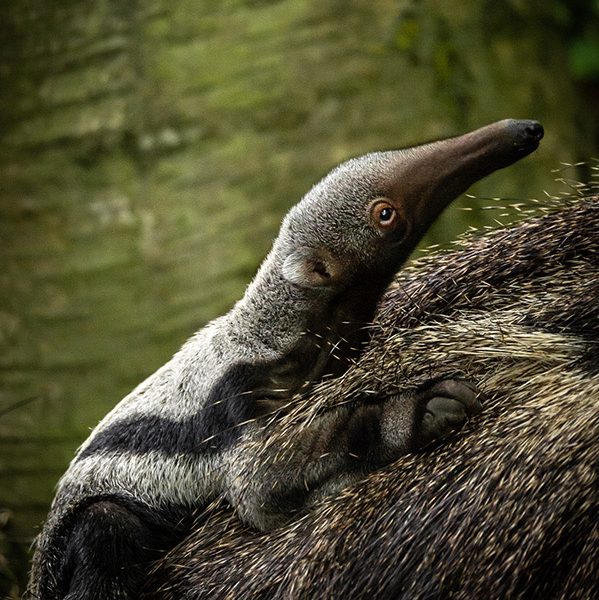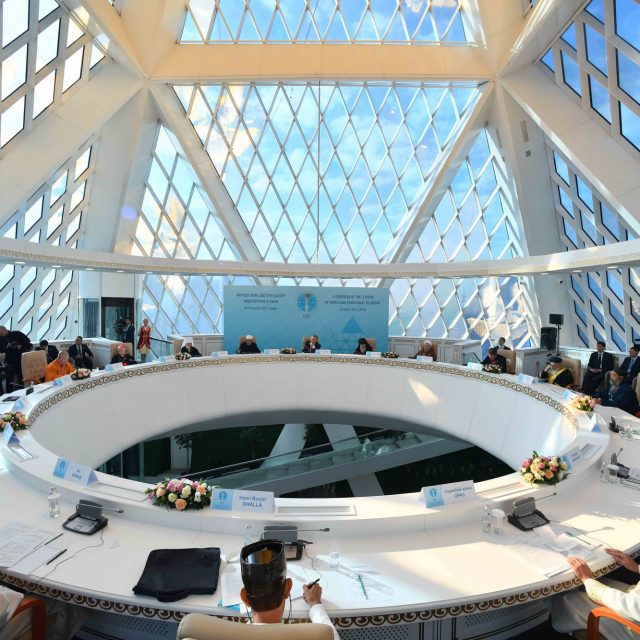Spring has sprung and so few have the new arrivals at Planckendael ZOO, on the outskirts of Brussels.
In fact, there has been something of a baby boom at the animal park in recent weeks with the arrival of lots of “little ones”.
The park, for example, just welcomed an anteater, the first baby anteater born there in the history of Planckendael ZOO.
A golden-headed lion tamarin was also recently born, also very special for the park because Planckendael ZOO has coordinated the breeding programme of golden-headed lion tamarins for over 30 years.
Golden-headed lion tamarins are severely endangered so every new-born golden-headed lion tamarin is a very good news for survival of the species.

Yet more recent births include a baby black lemur, again an endangered species which live only on the island of Madagascar, along with two Asian lion cubs.
They are staying with their mum until they are big enough to meet their father and brother Yari and Wishu. The cubs are expected to venture outside for the first time around the first week of July.
Also entering the world at Planckendael ZOO was a golden-headed lion tamarin, unusual because generally these creatures are born in pairs. It is also an endangered species that lives in Brazil in the equatorial forest that borders the Atlantic coast.
Golden-headed lion tamarins are badly threatened by habitat loss caused by deforestation, cattle ranching and agriculture.
Scientists from Planckendael ZOO and Antwerp ZOO founded the BioBrasil conservation project to find an ideal compromise between the preservation of biodiversity and economic profitability.
This is just one example of the vitally important scientific research and conservation work conducted at both venues.

The animal park does not yet know if the monkey is a girl or a boy with a spokesman saying, “We will only be able to see the sex when the little animal has separated from its mother. That is going to take a while longer as he prefers to stay as close as possible for now possible from his mother.”
“One thing that is certain is the first letter of its name. It will start with the letter Y like all animals born in 2023 in our park.”
Planckendael ZOO has also welcomed its first storks of the year and its keepers have already identified over 50 specimens, expected to increase considerably in the coming weeks.
New arrivals are not the only big attraction right now at the zoo. So, too, is its exposition with Lego bricks, called Brick Safari, that starts on 24 June and runs until 10 September.
It is a temporary exhibition in which big cats (no fewer than 9 species of them) and safari animals “come to life.”
With almost 1 million LEGO® blocks, various animal compositions have taken shape throughout the park. Other cubed creations include tigers, lion cubs, a lynx, a panther, a condor, hyenas, penguins and an impressive elephant weighing 1,088 kg which was built with 149,071 blocks by 5 builders in 1,600 hours.
The Brick Safari expo, another first in Europe, is included in the entrance ticket.
Further info:




